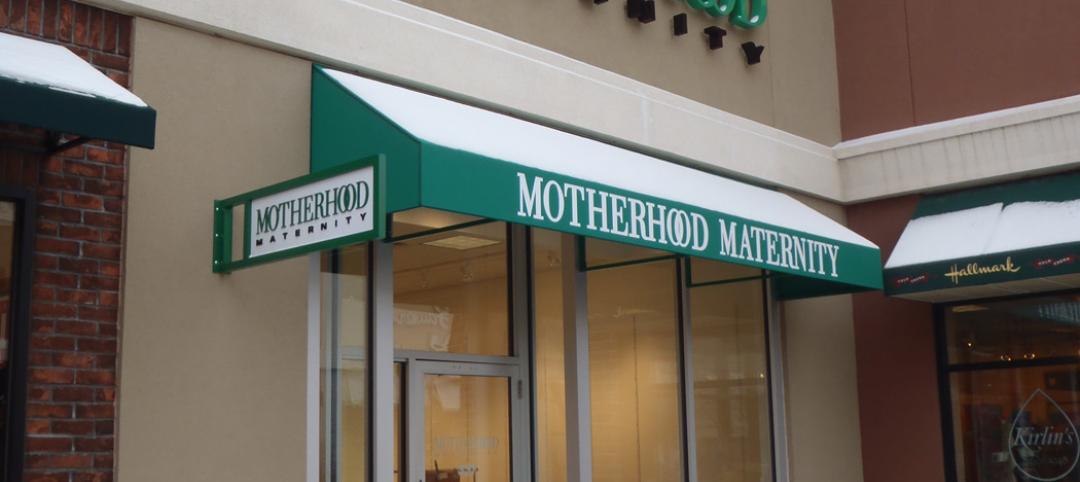At a meeting hosted by the White House Rural Council, Agriculture Secretary Tom Vilsack announced a new partnership to train architects, engineers, and builders about the benefits of advanced wood building materials, and plans for a forthcoming prize competition to design and build high-rise wood demonstration projects.
Innovative use of wood products is already beginning to change the face of construction across the country, and USDA is undertaking efforts to support these advancements. These efforts also support President Obama's Climate Action Plan goal of preserving the role of forests in mitigating climate change.
Wood may be one of the world's oldest building materials, but it is now also one of the most advanced, said Vilsack. Building stronger markets for innovative new wood products supports sustainable forestry, helps buffer reduce greenhouse gas emissions, and puts rural America at the forefront of an emerging industry.
Presently, the market for wood and other related forest products supports more than one million direct jobs, many in rural America. As these markets expand, so will the economic opportunities.
The new training program Secretary Vilsack announced will include a $1 million investment from the Forest Service and will be done in partnership with WoodWorks, a non-profit organization that provides technical support, education, and resources related to the design of modern wood buildings for architects, engineers, and developers.
The Secretary also announced plans to launch a new prize competition, expected to begin later this year, for developers, institutions, organizations, and design teams competing to demonstrate the architectural and commercial viability of using sustainable wood products in high-rise construction.
The Department is planning to invest up to $1 million to launch the competition. One non-profit partner, the Binational Softwood Lumber Council, has committed an additional $1 million for the competition. The competition will help spur increased sustainability in construction and will give priority to applicants that source materials from rural domestic manufacturers and domestic, sustainably-managed forests.
Emerging engineered wood technologies can be used in industrial building projects such as tall buildings and skyscrapers, as well as other projects. By some industry estimates, a 3-5 story building made from emerging wood technologies has the same emissions control as taking up to 550 cars of the road for one year. Wood-based designs have also been demonstrated to improve energy efficiency, thereby reducing energy consumption for heating and cooling.
These announcements were made as part of a the Building With Wood: Jobs and the Environment workshop hosted by the White House Rural Council, which included architects, builders, designers, wood manufactures, foresters, state officials, university leaders and representatives from the USDA, General Services Administration, Department of the Interior, Federal Emergency Management Agency and Department of Defense. They also are part of USDA's overall strategy to promote the use of wood as a green building material. USDA's Forest Products Laboratory in Madison, Wisconsin has invested over $2 million in research and technical support for emerging wood technologies. The Forest Products Laboratory has created additional opportunities for emerging wood technologies to be used in housing developments and other green building demonstration projects.
When President Obama signed the 2014 Farm Bill in February he directed his Administration, working through the White House Rural Council, to lead a new Made in Rural America export and investment initiative. This initiative is charged with bringing together federal resources to help rural businesses and leaders take advantage of new investment opportunities and access new customers and markets both at home and abroad. White House Rural Council leadership on advanced wood products is an example of how the Administration is moving forward on dual goals of domestic production and sustainability.
Related Stories
| Feb 20, 2012
Comment period for update to USGBC's LEED Green Building Program now open
This third draft of LEED has been refined to address technical stringency and rigor, measurement and performance tools, and an enhanced user experience.
| Feb 17, 2012
Tremco Inc. headquarters achieves LEED Gold certification
Changes were so extensive that the certification is for new construction and not for renovation; officially, the building is LEED-NC.
| Feb 16, 2012
Summit Design + Build begins build-out for Emmi Solutions in Chicago
The new headquarters will total 20,455 sq. ft. and feature a loft-style space with exposed masonry and mechanical systems, 15 foot clear ceilings, two large rooftop skylights and private offices with full glass partition walls.
| Feb 16, 2012
Big-box retailers not just for DIYers
Nearly half of all contractor purchases made from stores like Home Depot and Lowe's.
| Feb 15, 2012
Code allowance offers retailers and commercial building owners increased energy savings and reduced construction costs
Specifying air curtains as energy-saving, cost-cutting alternatives to vestibules in 3,000-square-foot buildings and larger has been a recent trend among consulting engineers and architects.
| Feb 15, 2012
Englewood Construction announces new projects with Destination Maternity, American Girl
Englewood’s newest project for Wisconsin-based doll retailer American Girl, the company will combine four vacant storefronts into one large 15,000 square-foot retail space for American Girl.
| Feb 10, 2012
LAX Central Utility Plant project tops out
Construction workers placed the final structural steel beam atop the Plant, which was designed with strict seismic criteria to help protect the facility and airport utilities during an earthquake.
| Feb 2, 2012
Call for Entries: 2012 Building Team Awards. Deadline March 2, 2012
Winning projects will be featured in the May issue of BD+C.
| Feb 1, 2012
Replacement windows eliminate weak link in the building envelope
Replacement or retrofit can help keep energy costs from going out the window.
| Feb 1, 2012
Blackney Hayes designs school for students with learning differences
The 63,500 sf building allows AIM to consolidate its previous two locations under one roof, with room to expand in the future.
















